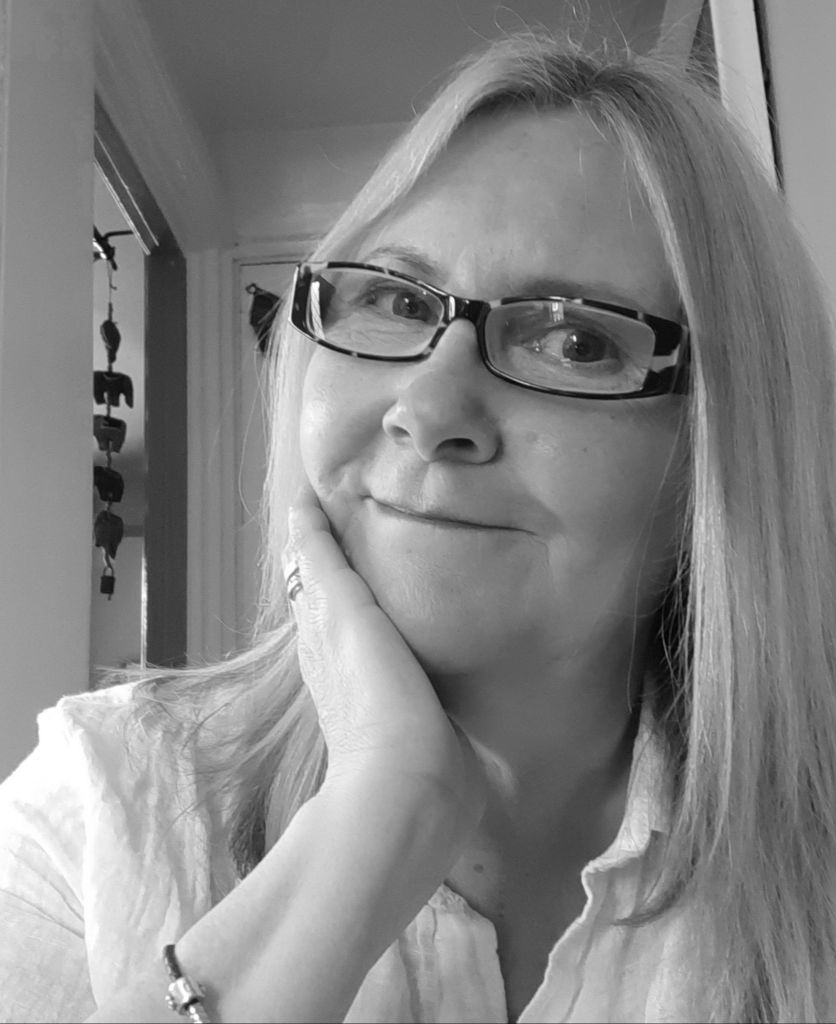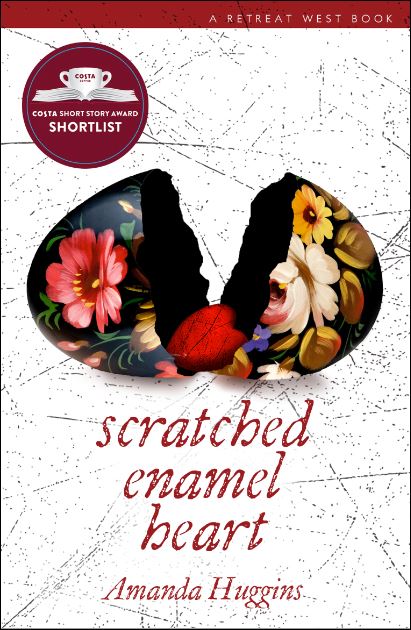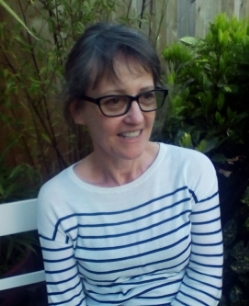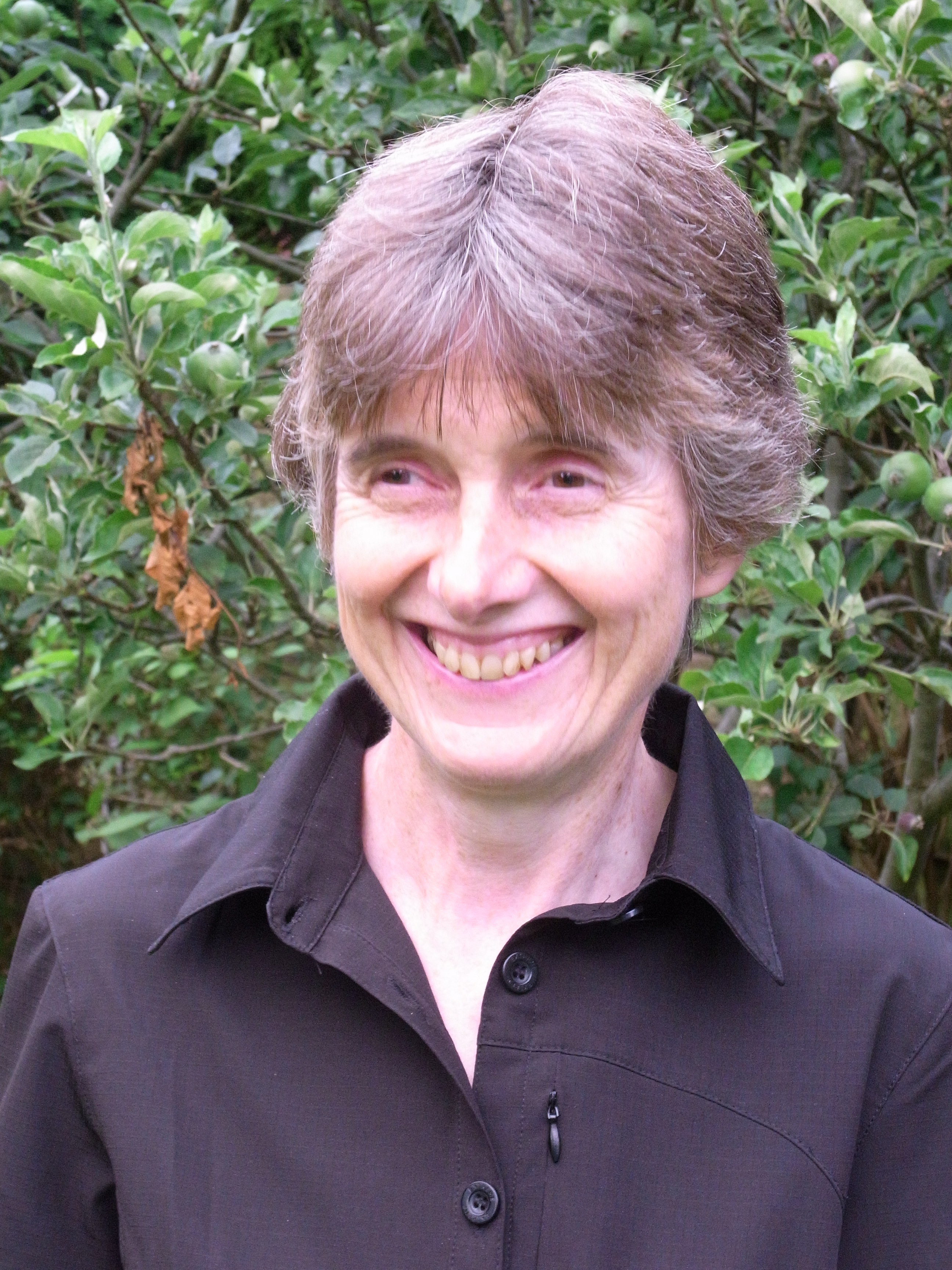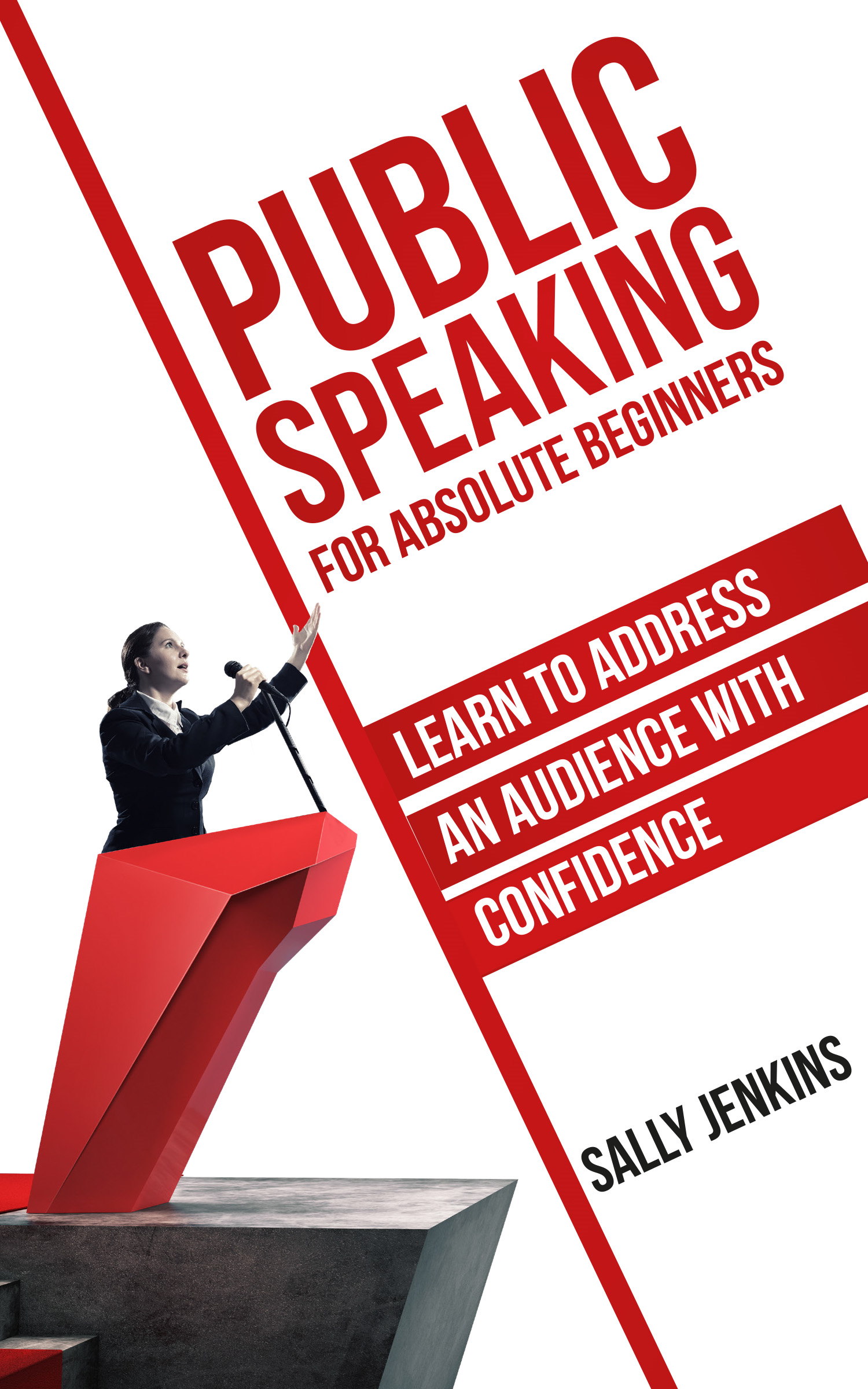In the latest of my six-month series of guest posts from authors of new books, Amanda Huggins gives some tips for fledging short story writers.
If you want to write killer short stories, then one of the most important things to do is to read killer short stories. Lots of them. It sounds obvious, yet I often meet blank looks when I ask writers who are new to short fiction to name their favourite short story writers. Short stories aren’t novels-in-miniature, any more than novels are extended short stories. They are two different skill sets, and the best way to get started is to read the masters.
A great short story needs to plunge straight in with no preamble. It should have conflict, a strong ending, a limited cast of characters, and every word should count. (If only I stuck to those rules myself!)
I have countless favourite short story writers and the collections on my shelves include books by William Trevor, Tessa Hadley, Helen Simpson, Helen Dunmore, A L Kennedy, Wells Tower, Stuart Evers, Miranda July, Yoko Ogawa, K J Orr, Ernest Hemingway, Taeko Kono, Haruki Murakami, Richard Ford, Alice Munro, Flannery O’Connor, Anton Chekhov, Annie Proulx, Isaac Babel, Angela Readman, and A M Homes.
A recent delight was Helen Dunmore’s posthumous collection, Girl Balancing, and I particularly loved the first section of the book, ‘The Nina Stories’. These stories are almost notes for a novel-in-waiting; a sequence of vignettes centred around a girl called Nina, set in the 60s/70s. They are painstakingly intense; attention is paid to Nina’s every moment and action, and there are some lovely period details that evoke a strong sense of place. The writing turns the mundane into something beautiful, and the final story soars. Seventeen-year-old Nina is left alone on Christmas Day in a house at the seaside. She goes roller skating along the seafront with her friend, Mal, and when the mood turns, she must outwit him. I’ll leave you to find out for yourself if she succeeds.
I’d also recommend having several pieces of work out there at any given time. If you only submit one story and then wait patiently for it to be rejected/accepted, when that rejection comes it will hit hard. If you have ten or twenty pieces out at any given time then the rejections won’t feel as bad.
Never forget that the opinions of editors and judges are subjective. So be persistent! My story ‘Red’ was a runner-up in the 2018 Costa Short Story Award, but had already been rejected by a couple of magazines and failed to reach the longlist of three smaller competitions.
Sadly, despite an encouraging rise in sales of short story collections, it’s still difficult to get work published anywhere for hard cash. That’s why prizes and awards are so important to emerging short story writers, and why I still enter most of my stories into competitions first.
Lastly, really take note of feedback. It’s all too easy to reject criticism, yet in my experience the advice of a good editor is nearly always sound.
Amanda Huggins is the author of four collections of short fiction and poetry. She was a runner-up in the Costa Short Story Award 2018, and her prize-winning story, ‘Red’, features in her latest collection, Scratched Enamel Heart. Her poetry chapbook, The Collective Nouns for Birds won the Saboteur Award for poetry in 2020. Amanda grew up on the North Yorkshire coast, moved to London in the 1990s, and now lives in West Yorkshire.
Blog: https://troutiemcfishtales.blogspot.com/
Twitter: @troutiemcfish
